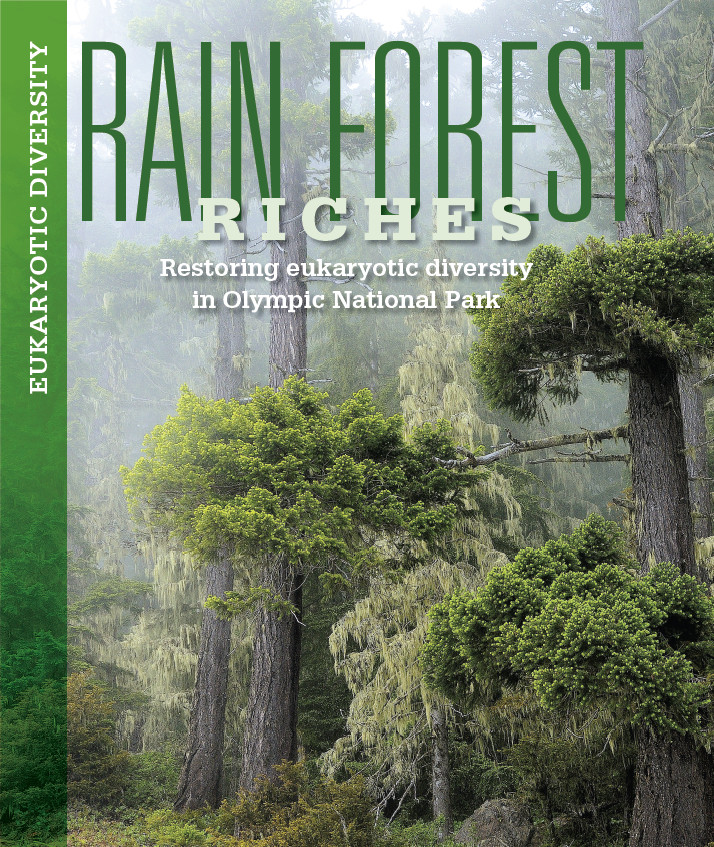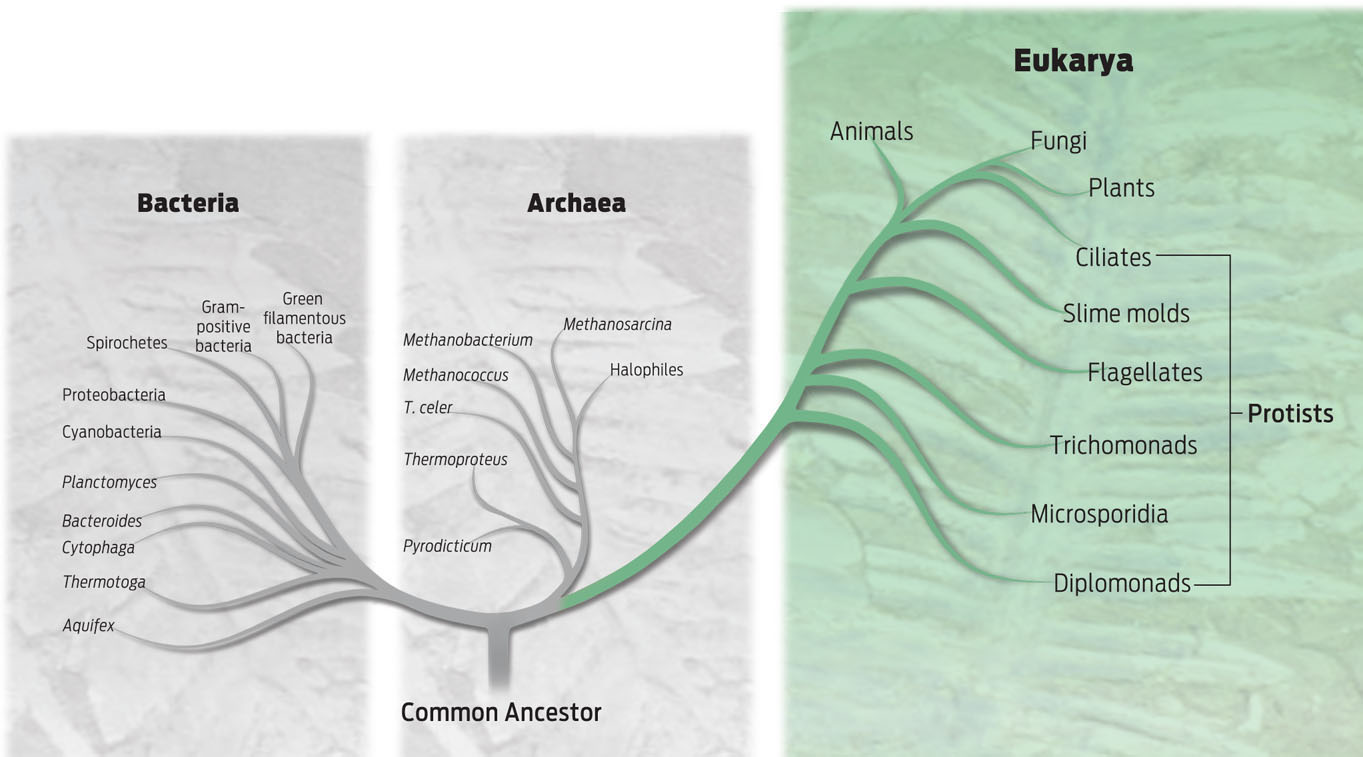410


411
 N A CHILLY JANUARY AFTERNOON IN 2008, A CROWD OF eager onlookers gathered at a snowy campground in Washington State to watch natural history being made. The stars of the show were a trio of rarely seen animals held inside small wooden crates. As photographers craned for a good look and schoolchildren held their breath, the door to the first crate was opened. With a flash of whiskers and brown fur, a weasel-like animal bolted from the box and made a break for the forest. The fisher was finally home.
N A CHILLY JANUARY AFTERNOON IN 2008, A CROWD OF eager onlookers gathered at a snowy campground in Washington State to watch natural history being made. The stars of the show were a trio of rarely seen animals held inside small wooden crates. As photographers craned for a good look and schoolchildren held their breath, the door to the first crate was opened. With a flash of whiskers and brown fur, a weasel-like animal bolted from the box and made a break for the forest. The fisher was finally home.
“There were lots of oooohs and aaaahhs and clapping and cheering,” recalls Jeffrey Lewis of the Washington Department of Fish and Wildlife, who helped coordinate the release of the fishers into the Washington forest that day.
EUKARYOTE Any organism of the domain Eukarya; eukaryotic cells are characterized by the presence of a membrane-enclosed nucleus and organelles.

 DRIVING QUESTIONS
DRIVING QUESTIONS
- What are eukaryotic organisms, and what factors influence their diversity?
- How are plants defined, and what influences their diversity?
- How are animals defined, and what influences their diversity?
- How are fungi defined, and what influences their diversity?
- What are protists, and what influences their diversity?
It was a long-awaited homecoming. Once plentiful in the state, fishers have been hunted and trapped nearly to extinction; they have not been seen in Washington since the early 20th century. The animal was named a Washington State endangered species in 1998 after a careful investigation failed to find any evidence of a local population. The three animals released that afternoon—two females and one male—were imported from British Columbia, Canada, as part of a coordinated effort to bring fishers back to Washington. They were the first of 90 fishers to be released over 3 years into their new home: Olympic National Park.
A nearly 1-million-acre plot of wilderness occupying the northwest corner of the state, Olympic National Park is attractive to more than just fishers. It is home to a mind-boggling array of different species, in numbers uncommon in most other parks. “It’s got amazing biological diversity in a very compressed area,” says Patti Happe, who is Wildlife Branch Chief at the park. Among this biodiversity is a seemingly endless variety of eukaryotes—the plants, animals, fungi, and unicellular protists making up one of the three main branches of life (INFOGRAPHIC 19.1) .
From genetic evidence, the domain Eukarya is sorted into the Plant, Fungi, and Animal kingdom, as well as multiple groups of protists—single-cell eukaryotes that don’t fit neatly into the other kingdoms.

412

Visitors to the park can find some of the world’s oldest and tallest Douglas fir and Sitka spruce trees, the country’s largest herd of Roosevelt elk, and a number of eukaryotic species found here and nowhere else, including the Olympic marmot, the Olympic pocket gopher, and the Olympic torrent salamander. A designated UNESCO Biosphere Reserve and a World Heritage Site, Olympic National Park is a microcosm of the planet’s eukaryotic diversity, and biologists are eager to protect it.
By returning the missing fishers to Olympic, park managers hope to ensure the resiliency of the rain forest. The restoration effort follows the guiding principle of conservation, which holds that the healthiest ecosystems are ones where all the various parts remain intact. “National parks are here to serve as our national treasures, where we preserve and protect both our cultural and our natural heritage for future generations,” says Happe. “Really what we’re doing is wise stewardship of our nation’s resources.”
413